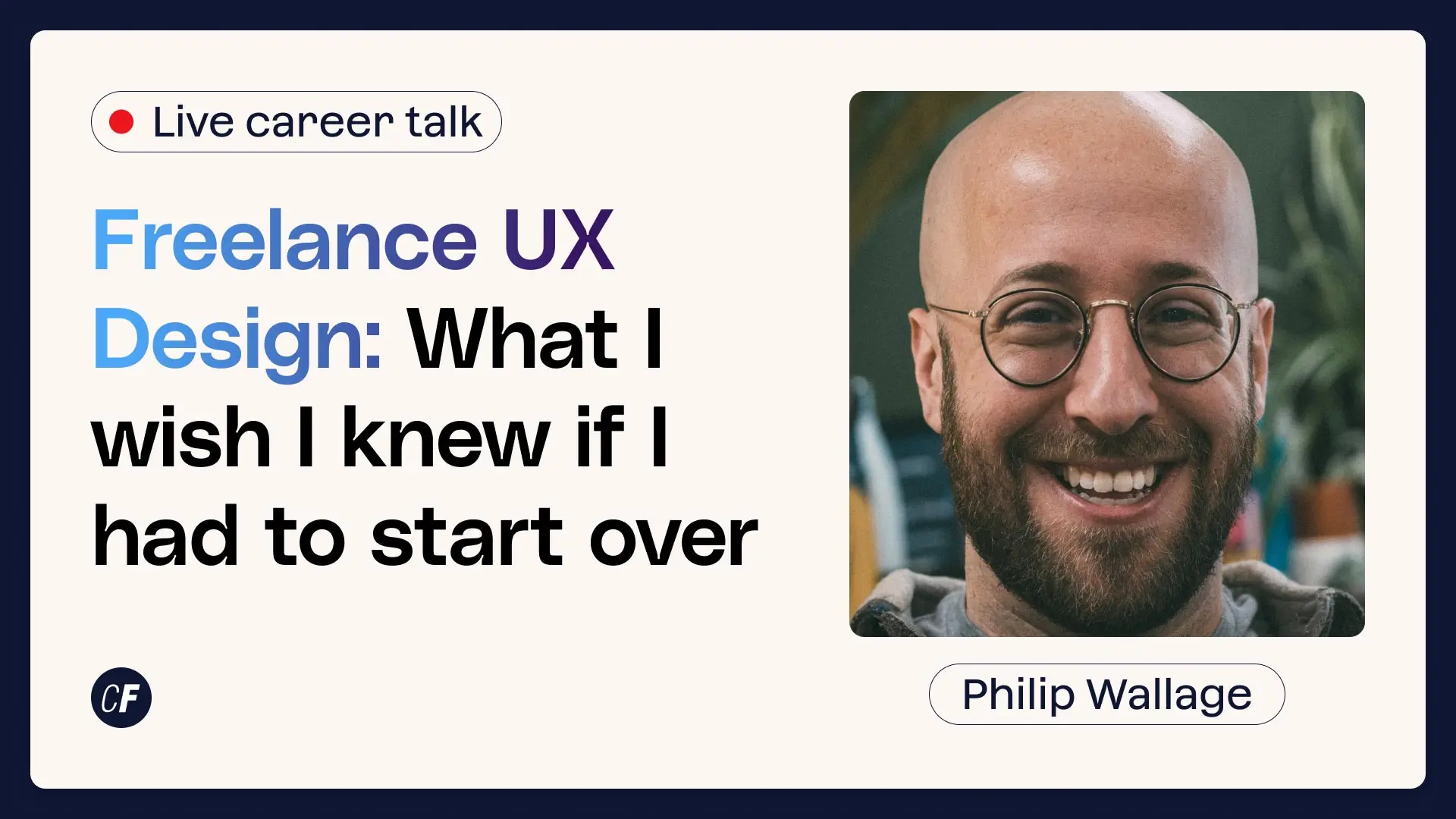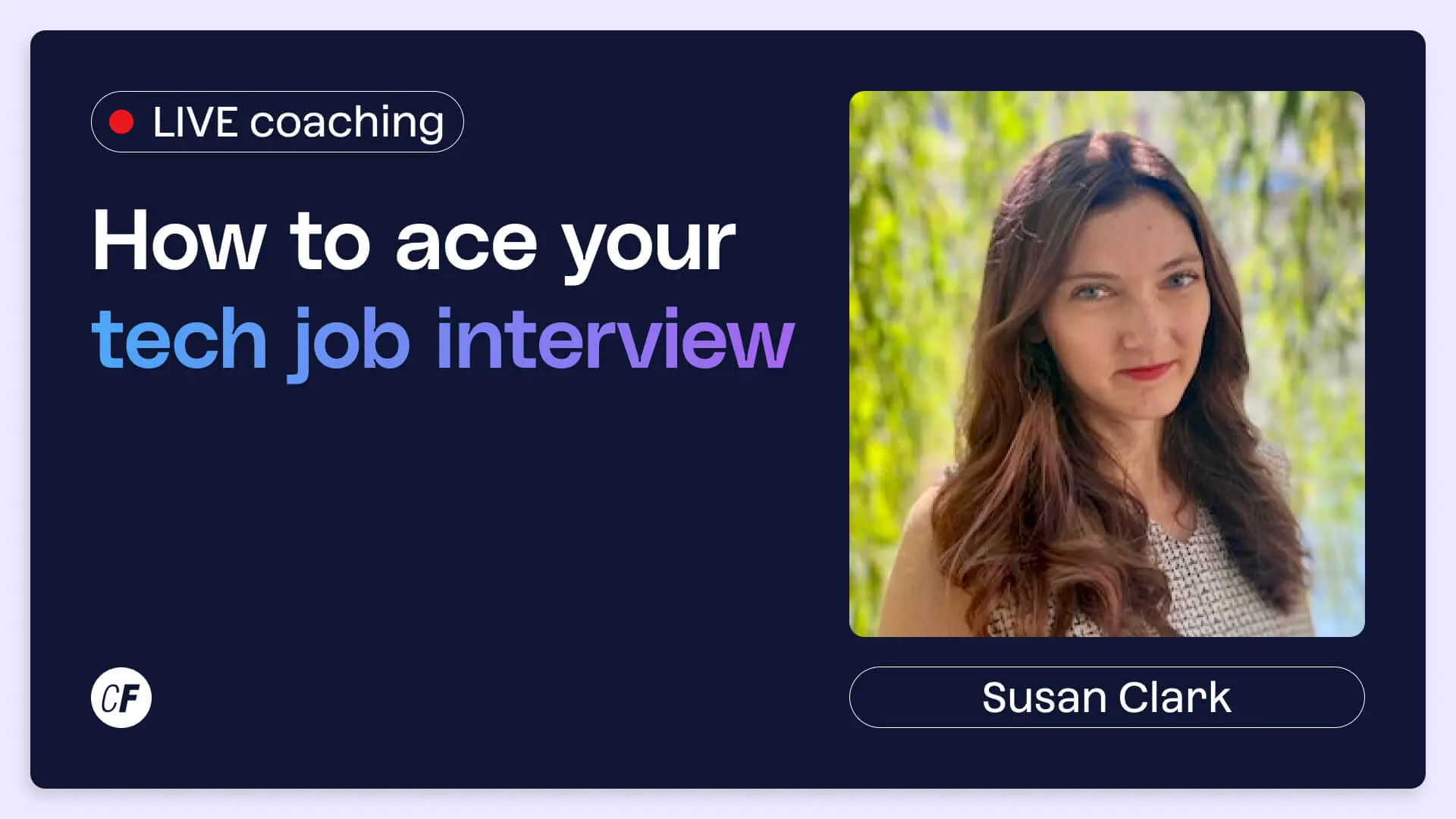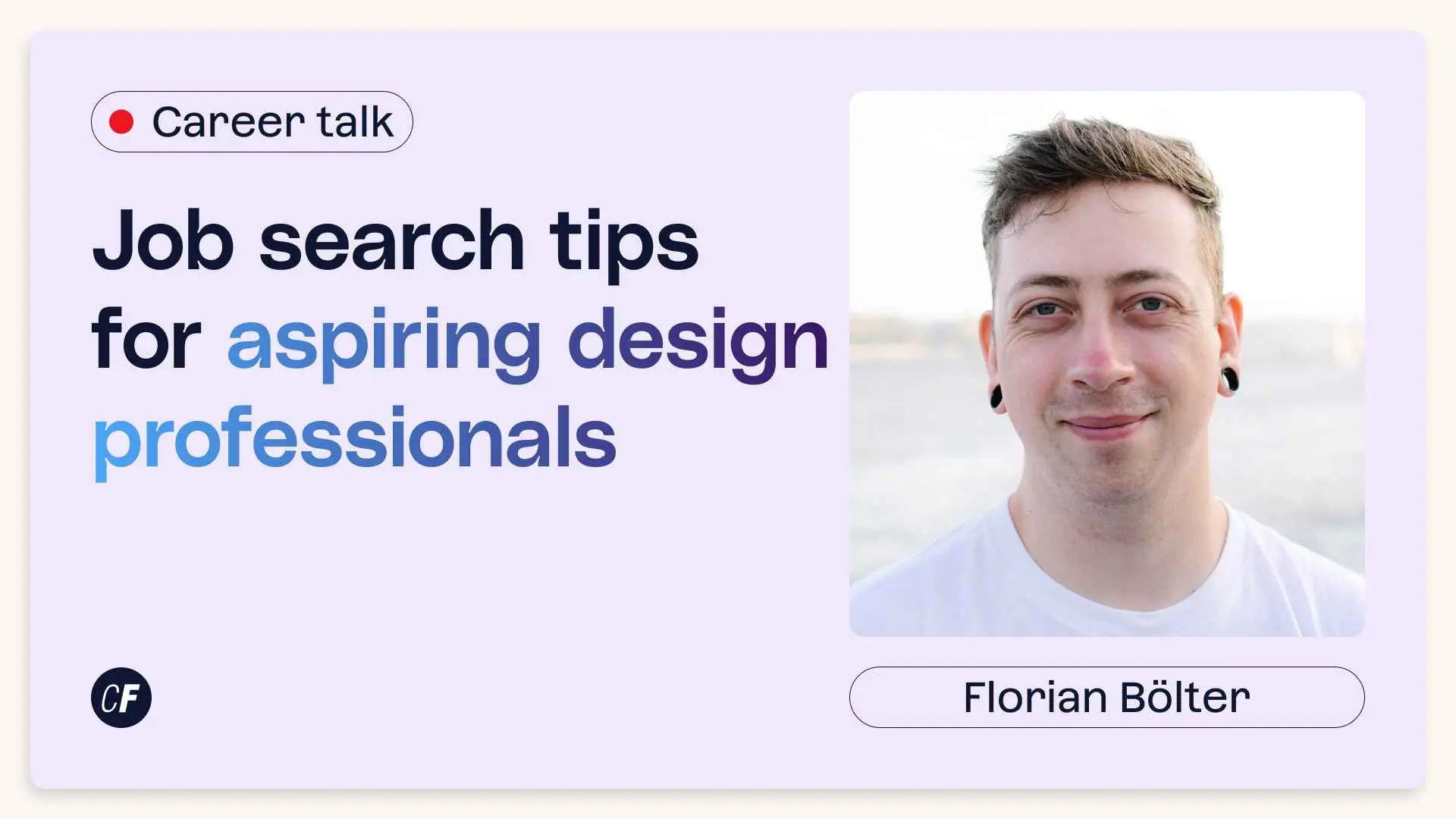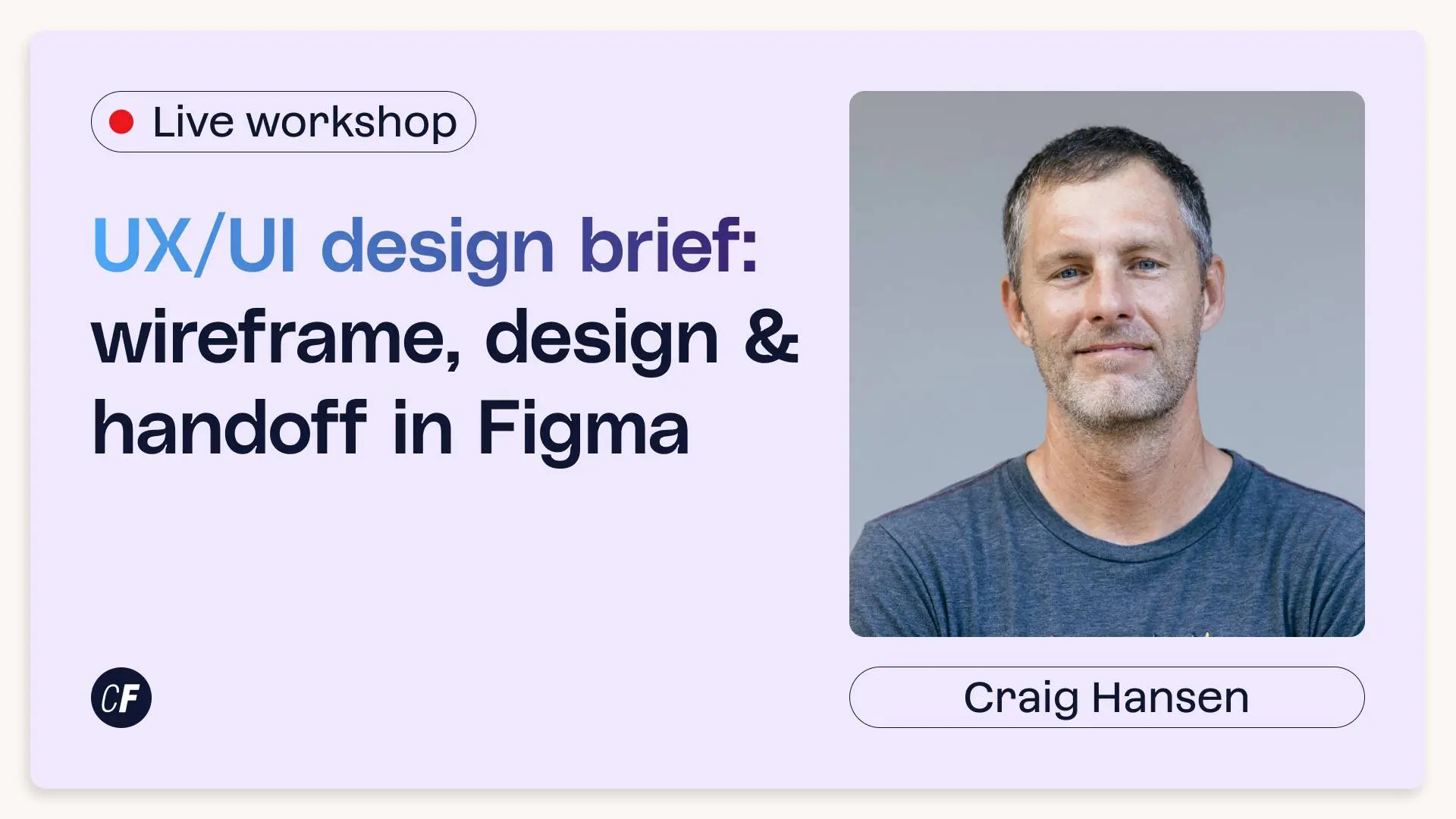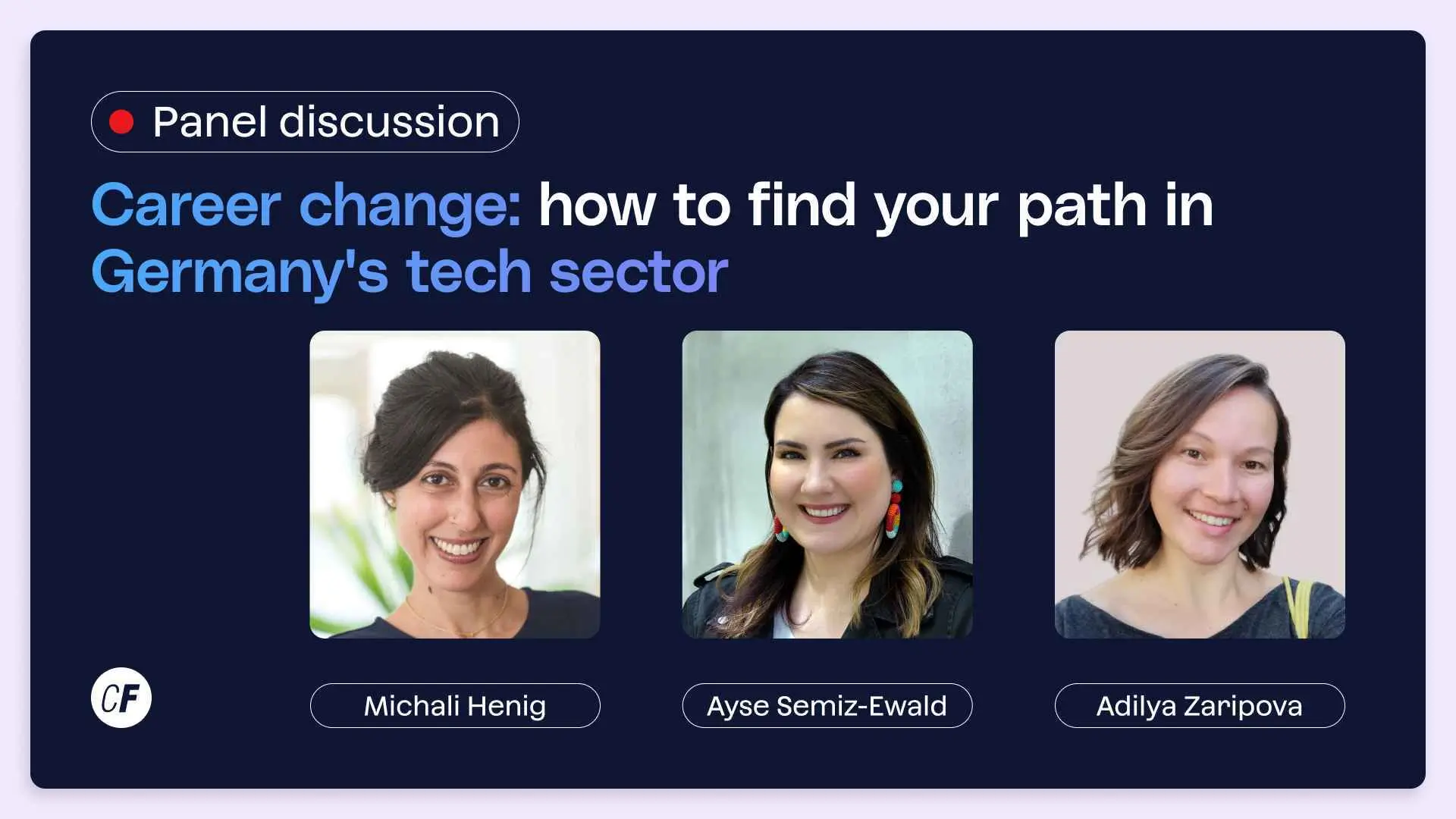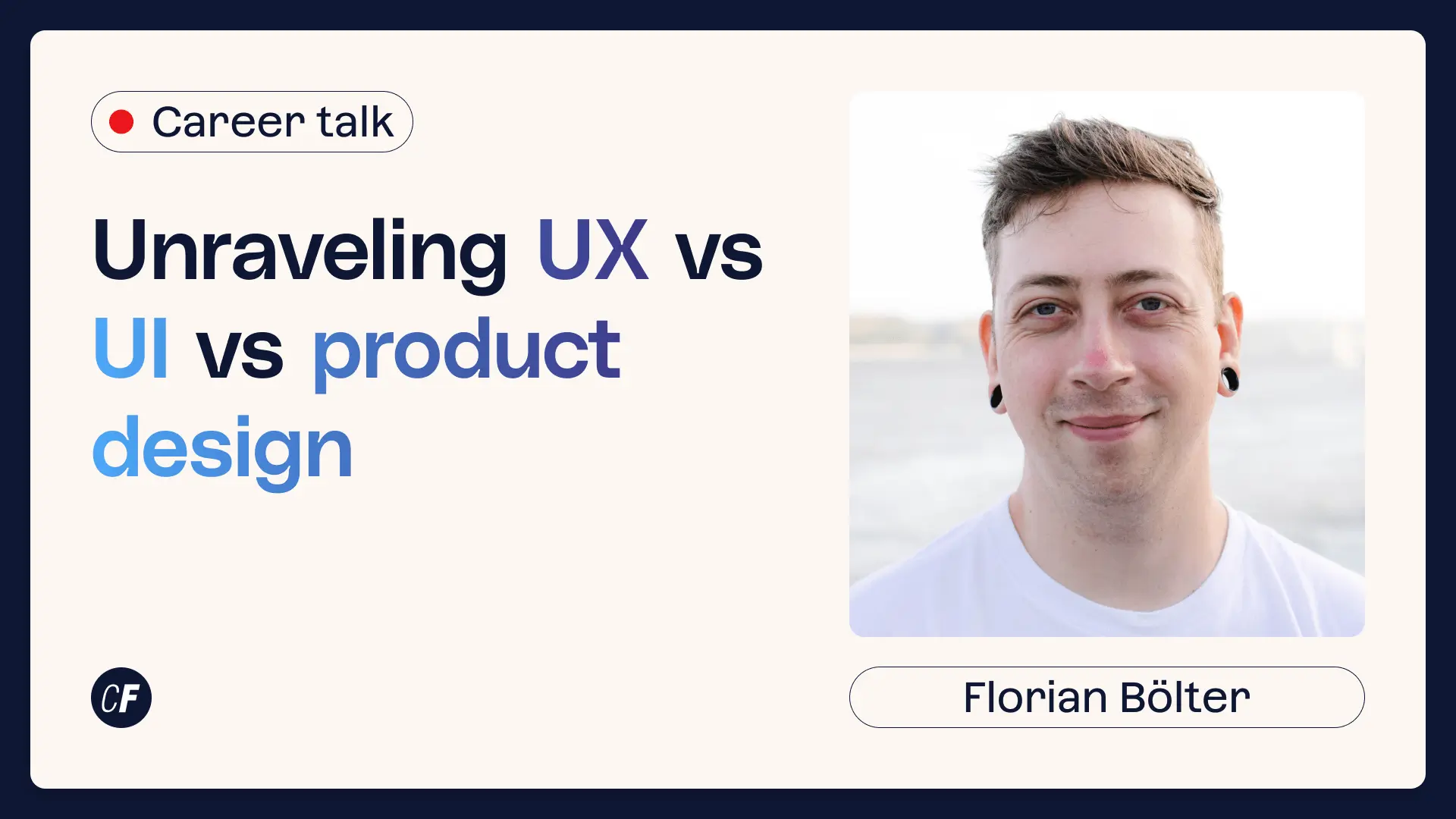How To Conduct User Interviews in UX Design
Empathy is absolutely essential to UX design. And one of the best ways to get in touch with the needs, goals, and pain points of the people who use your product? User interviews.
What are user interviews?
User interviews are a key element in effective and inclusive UX research. They should happen early in your design process to ensure that your work is actually moving the products into a more human-centric direction.
They should also take place later in the design process—when you conduct user testing. This will help you ensure that your designs actually meet the needs of the actual human beings who will use the product.
In a user interview, you sit down with (or meet via video chat if you’re a remote UX designer) individuals or small groups and:
- Ask them questions about the needs and goals they have as they use the product
- Seek to understand their overall experience with the product
- Uncover any particular pain points in the overall product experience or in a particular user flow (when they complete a particular task)
- Find out what contextual considerations might impact their use of the product, etc.
In order to conduct the most effective user interviews, you should start by thinking about your research objectives and who you really want/need to interview. Let’s look briefly at both of these points.
Your user research objectives
What is it you really want to find out? What’s the focal point? And how can you phrase all of that, craft interview guides, and conduct the interviews in a way that doesn’t narrow your focus to the point that you miss out on other findings?
Go into planning your interviews with a clear objective, but stay open to realizing opportunities that you can only discover when the people you interview mention them. Otherwise, that moment in the user journey would never have occurred to you.
Once you have a clear objective, create an interview guide or script that will help you stay on track in achieving that objective. And fill it with plenty of open-ended questions that will allow your interviewees to:
- Talk about the aspects of the product experience that matter to them
- Reveal contextual considerations that you wouldn’t otherwise know about
- And ramble a bit! You never know what you might learn when go off on a “rabbit trail”
Who should you interview?
What kinds of people do you really need to meet with and learn from in these interviews?
Go the quick and easy route here—source people as rapidly as possible to meet with and you’re likely to end up with a relatively homogenous group. This will result in user research that is inherently biased and that likely excludes the needs of people who are outside of the statistical majority.
So plan ahead and make sure the group you interview includes people who you don’t necessarily see as your “average user.”
When you consider that everyone using your product lives a dynamic life in changing environments with contextual elements that neither you nor they can completely control—there is no average user and you cannot possibly know all of the needs people will have as they engage with your product.
Beyond this, check out the guides and resources we’ve linked throughout this page, and watch the video at the top! These will help you make the most of your user interviews!
Featured presenters

Maureen Herben
Product Designer at Miro & CareerFoundry UX Graduate
Product Designer, Content Creator and Workshop Facilitator on a mission to make design knowledge accessible to everyone.
